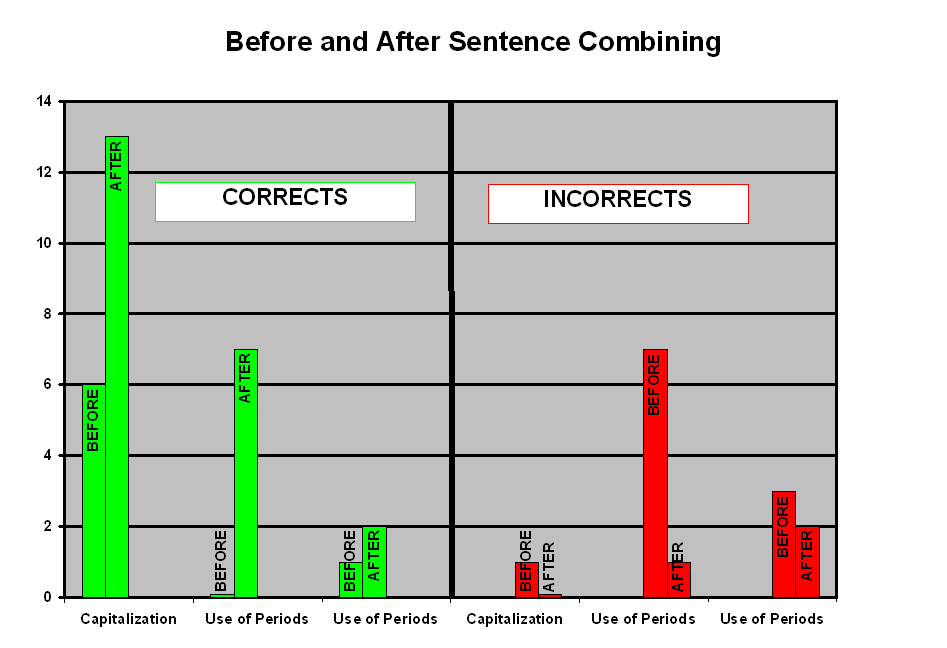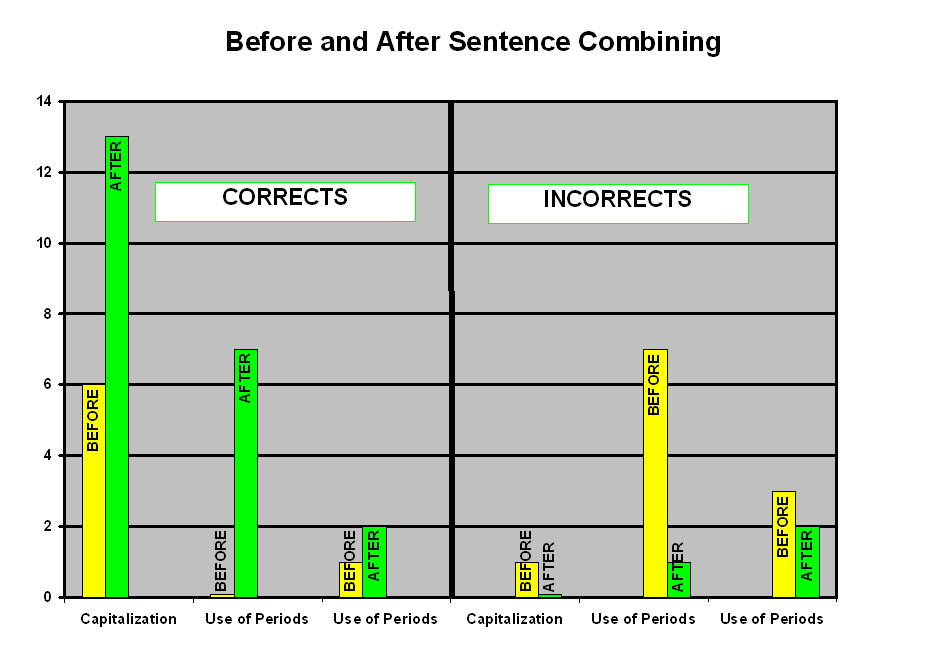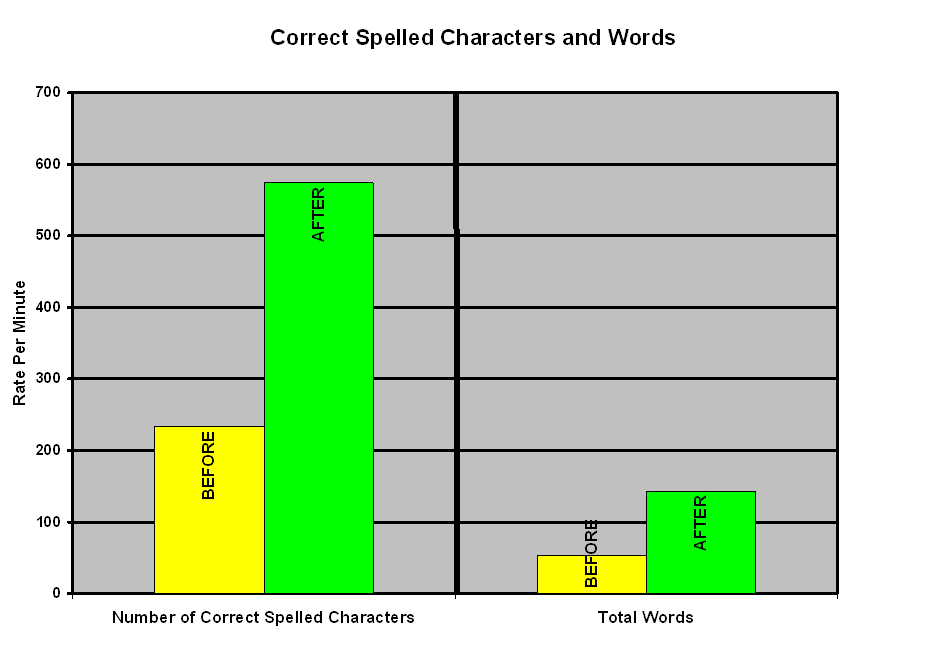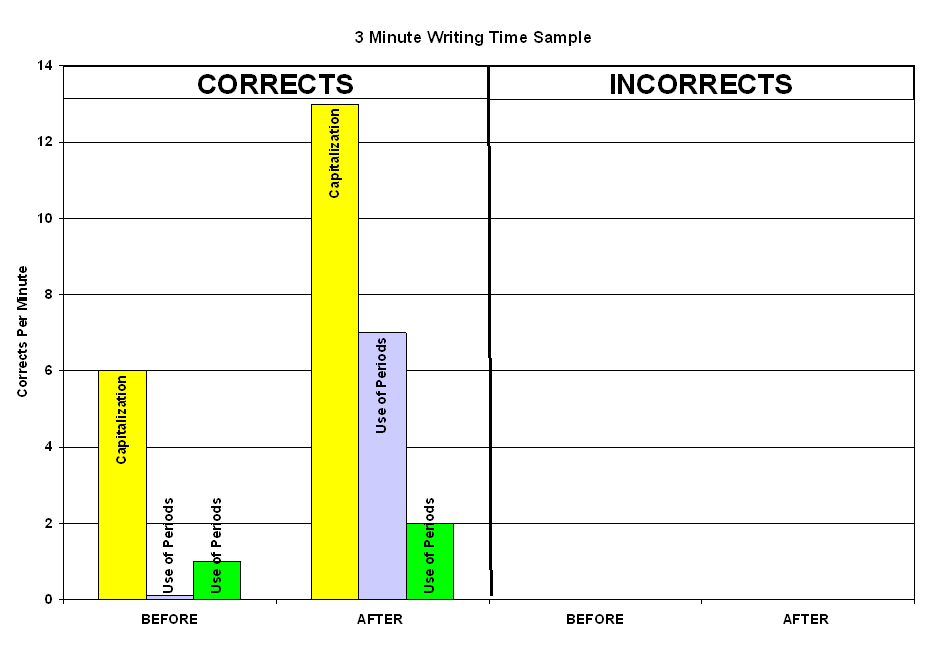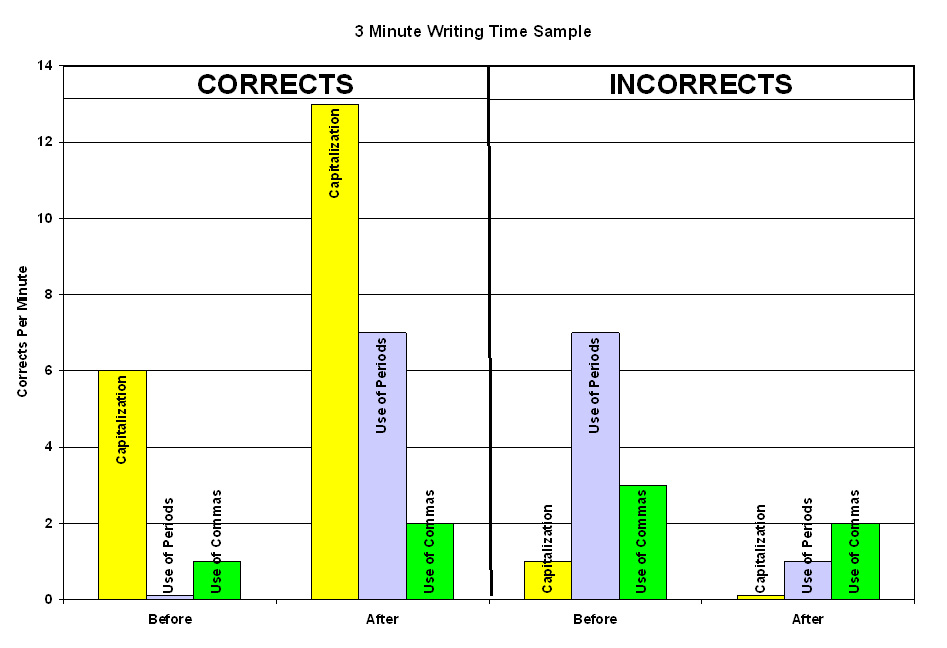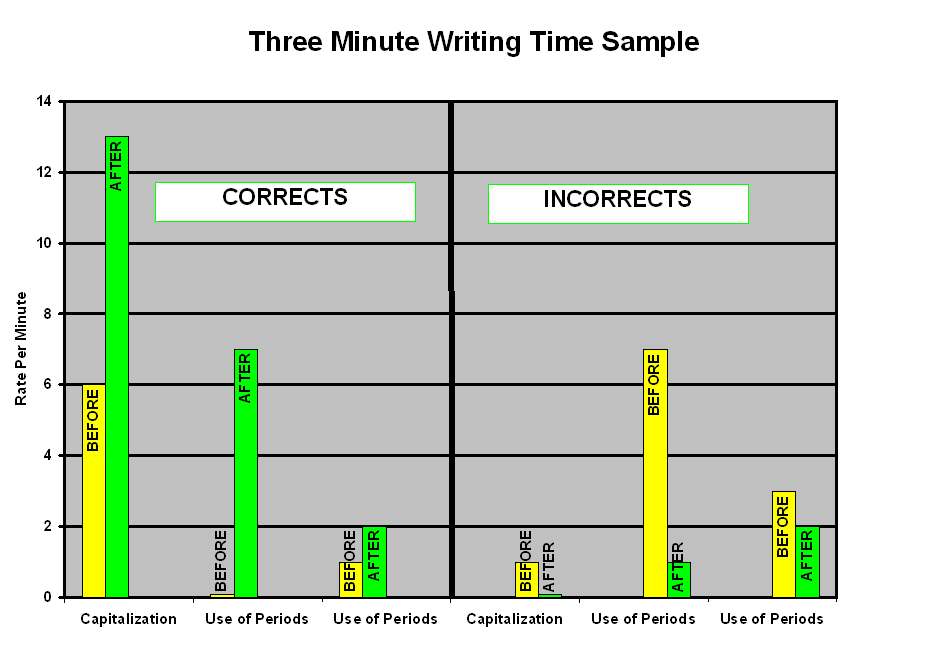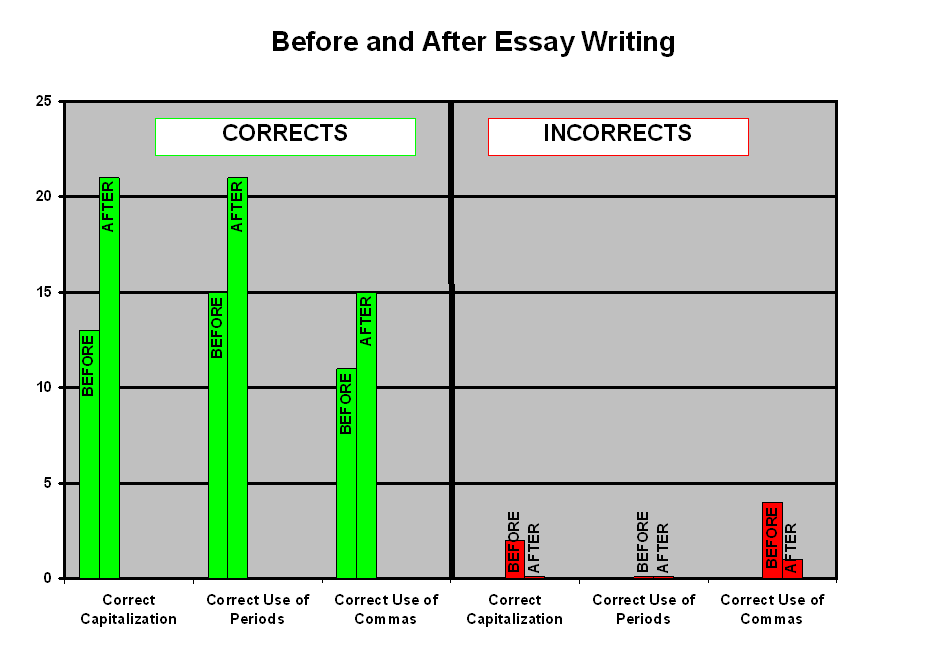
|
Use of Skin-Shock at the Judge Rotenberg Educational Center (JRC) |
Effects of Practice in Combining Sentences on Writing Fluency
By Emily M. Burke M.S.Ed, Angela Watts, Edward Langford, Matthew Israel Ph.D.
The Judge Rotenberg Educational Center (www.judgerc.org) operates day and residential programs for children and adults with behavior problems, including conduct disorders, emotional problems, brain injury or psychosis, autism, and developmental disabilities. The fundamental approach taken at JRC is the use of behavioral psychology and its various technological applications, including behavioral education, programmed instruction, precision teaching, behavior modification, behavior therapy, behavioral counseling, self-management of behavior, and chart-sharing.
Sentence Combining Fluency is a fluency program created to accompany Keys to Quick Writing Skills (Whimbey, Williams, & Linden, 1994). Johnson & Ross (1997) define sentence combining as “an educational technology designed to familiarize students with conventions of written English, without directly teaching the language of grammar” (p.ii). The curriculum teaches the basics of sentence combining, to include capitalization, spelling and punctuation use. One student from the Judge Rotenberg Center Students worked on the curriculum from the Morningside Academy Language Fluency Series called Sentence Combining Fluency.
Method
Participant
The participant, A.L., was referred to the school for behaviorally-engineered education following an extensive history of low academic achievement. This participant was 19 years old with a full scale IQ of 100 and diagnosed with bipolar disorder. Her mean grade equivalent at admission to JRC was below level in spelling, punctuation, writing and sentence structure.
Procedure
The student worked through the curriculum five days a week doing three three-minute timings in a precision teaching context. Frequency data were then plotted over a period of nine months on a standard celeration chart (Lindsley, 1992a, p. 51). Pre-treatment and post-treatment writing samples were evaluated based on total characters written, capitalization, use of periods, use of commas, and total correctly spelled characters. This study compared the timed baseline sample with two more timed writing samples 14 weeks apart. All writing samples, timings and instruction were taken in the classroom setting.
Results
Before her admission, A.L. scored 48% on her 2001 English Language Arts Regents Exam and was averaging 60% in her High School English courses. Her mean writing G.E. at admission to JRC was below level in spelling, punctuation and sentence structure. A.L. retook the exam in January of 2004 and scored an 81% on the English Language Arts portion of the exam. She also took the SAT exam in early May of 2004 and scored 1120 total on the exam.
The results for the baseline period were as follows: total characters were 234, total correctly spelled characters were 234, capitalization was 6 correct and 1 incorrect, the use of periods was 0 correct and 7 incorrect, and the use of commas was 1 correct and 3 incorrect.
The results of the first generalization/retention probe taken 14 weeks later were as follows: total characters were 450, total correctly spelled characters were 449, capitalization was 12 correct and 2 incorrect, the use of periods was 7 correct and 6 incorrect, and the use of commas was 7 correct and 5 incorrect, total words were 53, and total sentences was 2.
The results of the second generalization/retention probe taken 28 weeks later were as follows: total characters were 575, total correctly spelled characters were 574, capitalization was 13 correct and 0 incorrect, the use of periods was 7 correct and 1 incorrect, the use of commas was 2 correct and 2 incorrect, total words were 143, and total sentences was 9.
Also compared was an untimed essay written by A.L. before her admission to the Judge Rotenberg Center. The results were as follows: total characters were 891, total correctly spelled characters were 889, capitalization were 13 correct and 2 incorrect, the use of periods were 15 correct and 0 incorrect, the use of commas were 11 correct and 4 incorrect, total words were 214, and total sentences were 11.
Upon completion of the Sentence Combining Fluency program A.L. was given an untimed writing assignment to show generalization. The results were as follows: total character were 1681, total correctly spelled characters were 1678, capitalization was 21 correct and 0 incorrect, the use of periods was 21 correct and 0 incorrect, the use of commas was 15 correct and 1 incorrect, total words were 320 and total sentences was 21.
Discussion
Overall, skills acquired through the fluency program were able to generalize to the student’s formal and informal writing skills. This includes not only longer sentences, but advanced grammar skills as well. Further follow-up may be to look at retention of these skills over longer periods of time.
References
Johnson, K, & Ross, L. Morningside Language Fluency: Sentence-Combining Fluency Teachers Manual and Answer Key. Seattle, Washington: Morningside Academy, 1997.
Lindsley, O. R. (1992a). Precision teaching: Discoveries and effects. Journal of Applied Behavior Analysis, 25, 51-57.
Whimbey, A., Williams, E., & Linden, M.J. (1994). Keys to quick writing skills: Sentence combining and text reconstruction. Birmingham, AL: EBSCO Curriculum Materials.
A.L.—Writing Samples
3 minute timings
|
|
June 25th 2003 |
March 31, 2004 |
|
Total Characters
|
234 characters |
575 characters |
|
Correct Capitalization
|
6 correct 1 incorrect
|
13 correct 0 incorrect |
|
Correct use of periods
|
0 correct 7 incorrect |
7 correct 1 incorrect |
|
Correct use of commas
|
1 correct 3 incorrect |
2 correct 2 incorrect |
|
Number of correct spelled characters
|
234 correct characters |
574 correct characters |
|
Total words
|
53 words |
143 words |
|
Total sentences
|
2 sentences |
9 sentences |
Essay Comparison Chart
Untimed
|
|
Pre Admission |
Completion of Sentence Combining Fluency Program |
|
Total Characters
|
891 characters |
1681 characters |
|
Correct Capitalization
|
13 correct 2 incorrect
|
21 correct 0 incorrect |
|
Correct use of periods
|
15 correct 0 incorrect |
21 correct 0 incorrect |
|
Correct use of commas
|
11 correct 4 incorrect |
15 correct 1 incorrect |
|
Number of correct spelled characters
|
889 correct characters |
1678 correct characters |
|
Total words
|
214 words |
320 words |
|
Total sentences
|
11 sentences |
21 sentences |

